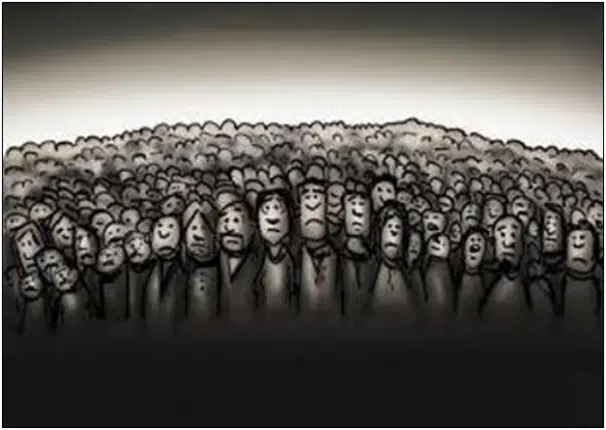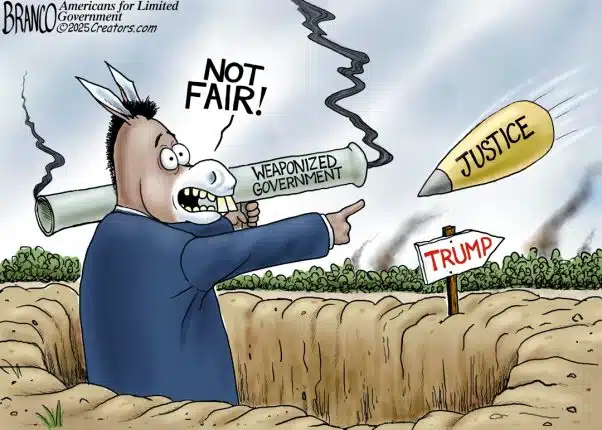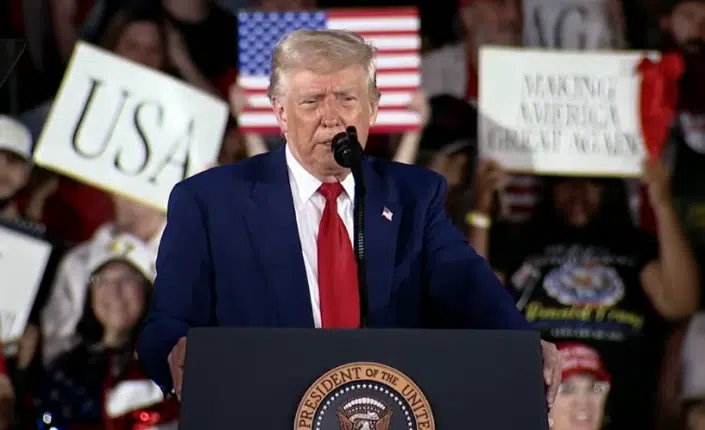 By Kevin Mooney — While the Obama Administration continues to press hard on behalf of its benefactors within organized labor, there is a potential electoral earthquake brewing in California that may prove disruptive toward presidential political paybacks.
By Kevin Mooney — While the Obama Administration continues to press hard on behalf of its benefactors within organized labor, there is a potential electoral earthquake brewing in California that may prove disruptive toward presidential political paybacks.
On the ballot for voter consideration this fall, is the California Government Employee Pension Reform Act of 2012 set up to put public sector employees on more of an even keel with their private sector counterparts. There is a major dispute brewing over how the state attorney general has interpreted the ballot language. Even so, supporters are convinced the initiative will attract substantial voter support. A new poll from the Public Policy Institute of California shows that over 80 percent of state residents agree that government spending on public employee pensions should be curtailed.
Duf Sundheim, a former chairman of the state Republican Party who is now active with California Pension Reform, (CPR) the group responsible for drafting the pension reform initiative, testified before the Conference Committee on Public Employee Pensions in Sacramento this past December.
“Pension reform is not an ideological issue, it is a math issue,” he told the committee. “As the governor, your own legislative analysis and your own reform commission have pointed out, our unfunded pension liabilities are having a crushing effect on public safety, education and other vital services. For example, during the last four years San Jose’s retiree benefit expenditures have more doubled, forcing the city to eliminate 23 percent of its workers. The same is happening all over this state — and it is only going to get worse, much worse.”
Gov. Jerry Brown has offered up his own pension reform proposal. But it does not go far enough toward addressing the rising liabilities attached to retirement funds that now threaten the system’s long-term viability, Sundheim explained in testimony. In fact, Brown’s plan would result in meager savings at best, and addresses just 5 percent of the debt, he said.
By contrast, the proposal from CPR would result in profound, transformative changes more in keeping in what has occurred recently in other states like N.J., Rhode Island and Wisconsin.
The California pension reform proposal includes two proposals, but only one will appear on the ballot. Supporters claim the state attorney general has misrepresented some parts of the proposal in summary language.
Both proposals are built around the following changes that would included as part of a constitutional amendment:
“Ending abuses such as salary spiking and retroactive benefit increases”
“Reducing unfunded liabilities”
“Making benefits for new workers comparable to benefits in the private sector”
The initiative and referendum offers the only genuine hope for reform given how interlinked the political class in Sacramento is with union leaders who oppose policy changes that would result in fewer taxpayer funded perks. The most powerful unions in the state are the teacher unions — the California Teachers Association (CTA), the state affiliate of the National Education Association (NEA), and the California Federation of Teachers (CFT), a division of the American Federation of Teachers — and the American Federation of State, County and Municipal Employees (AFSCME).
In anticipation of an intense campaign this fall, the unions are already on the attack, blaming the state’s troubled finances on shady “Wall Street” moneymen. The CTA has organized “Pension Truth Squads” of retired teachers who claim teachers benefits are greatly overstated.
While the unions are well positioned to outspend their opponents in terms of political advertising and messaging, there are some objective facts that will be difficult to drown out. A just released study from the Standford Institute for Economic Policy Research the examined CalPers (the principal state employees retirement system), the California State Teachers Retirement Systems (CalSTRS) and the University of California Retirement Plan (UCRP), concluded that they have an unfunded liability of $290.6 billion, assuming an annual average investment rate of return of 6.2 percent.
There is growing awareness on the part of voters that the U.S. now as two separate classes of workers. 1) Public employees who are insulated from recessions and demand more benefits 2) Private sector employees, including many union members who subjected to layoffs and cutbacks.
In 2009, for the first time in American history, more union members worked for government than for the private sector. This was no temporary blip; the trend toward public sector unionization continues to accelerate. In 2010, 7.6 million government workers belonged to a union versus 7.1 million in the private workforce.
This may explain why union members who work for private companies have found common cause with other concerned taxpayers and reform minded governors who are resisting lavish collective bargaining agreements that do not square with fiscal reality.
Kevin Mooney is a contributing editor to Americans for Limited Government. You can follow Kevin on Twitter at @KevinMooneyDC.






